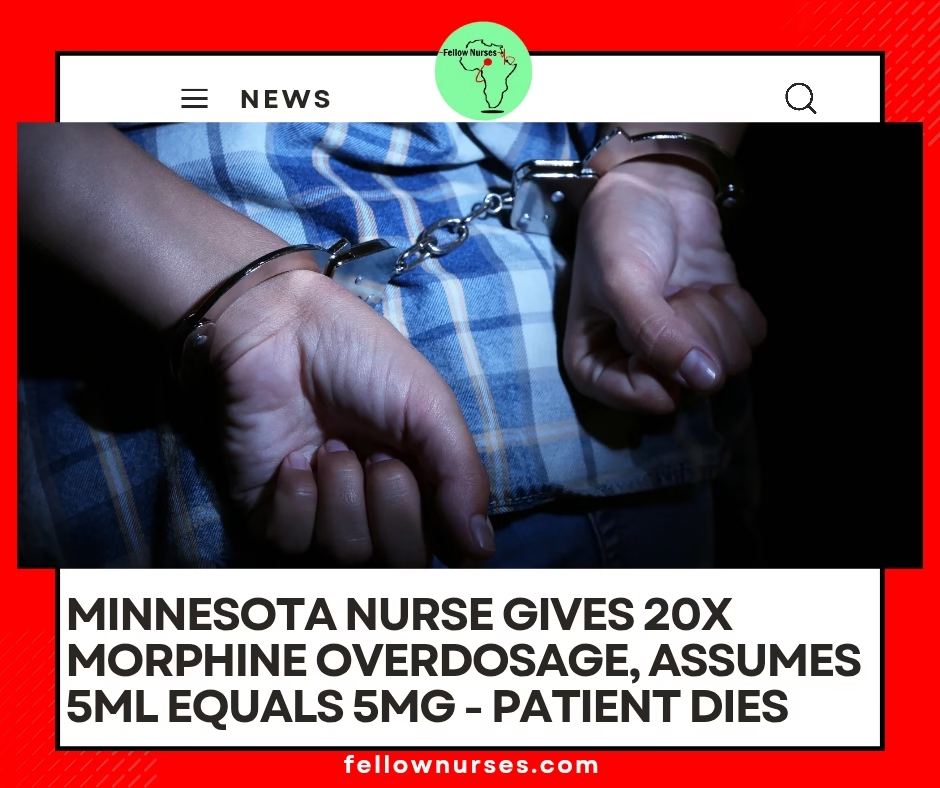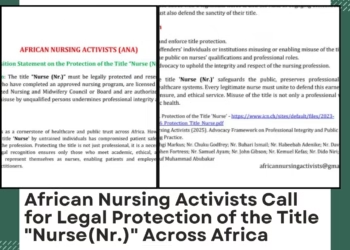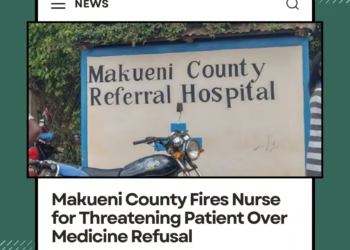Fellow Nurses Africa | Lagos, Nigeria | 22 September 2025

A fatal medication error at the Minnesota Veterans Home has shaken the nursing community and renewed calls for stricter safeguards around opioid administration.
According to a Minnesota Department of Health (MDH) investigation, a nurse administered 20 times the prescribed dose of morphine to a resident on comfort care, leading to the patient’s death.
The order, investigators confirmed, was for 5 milligrams of morphine every hour as needed. Instead, the resident received 100 milligrams, a dose so high that state officials concluded it was “fatal and neglectful.”
MDH’s report indicated the nurse miscalculated the medication, confusing milligrams (mg) with milliliters (mL). Believing that 5 mg equaled 5 mL, the nurse reportedly prepared several syringes and delivered a combined 100 mg dose.
Join Our Nursing Community on WhatsApp
The resident died around 3 a.m. shortly after the administration. The nurse, who has since left the facility, admitted to the error.
Medication safety experts emphasize that this case is not an isolated event, but a classic example of how unit misinterpretation, missing double-checks, and system gaps can have catastrophic consequences.
“High-alert medications like morphine require meticulous verification,”
said one patient-safety specialist.
“Even a small assumption, mistaking milligrams for milliliters, can be fatal.”
For frontline nurses, the incident stresses the importance of:
-
Reading the prescription carefully. Orders specify doses in milligrams, which must always be converted correctly to volume based on the drug concentration.
-
Performing and documenting dose calculations. For example, if morphine is 10 mg/mL, a 5 mg dose equals 0.5 mL, not 5 mL.
-
Independent double-checks. Most safety protocols require another nurse to verify high-risk medications before administration.
-
Immediate labeling and clarity. Syringes should be labeled with drug name, concentration, and dose before use.
While the nurse’s error was fatal, safety experts argue that systems must be designed to catch human error before it reaches the patient. Standardized concentrations, pharmacy support, and barcode medication administration are proven safeguards that could have prevented this tragedy.
“The duty of care doesn’t fall on one nurse alone,” said another nurse educator. “Leadership must ensure processes are in place to protect both patients and staff.”
Every nurse, whether in acute care, long-term care, or community practice is urged to treat this as a personal call to action: confirm the order, do the math, double-check the dose, and never administer on assumption.
The Minnesota Department of Health has not yet released its full investigative report, but the incident is already shaping the conversation around medication safety across the country.
As one nursing leader put it:
“We can mourn the life lost, but we must also turn grief into safer practice.”
Join Our Nursing Community on WhatsApp Be part of a growing network of nurses committed to career development, professional networking, and exclusive opportunities. Get first-hand updates on nursing news and stay ahead in your profession.
Fellow Nurses Africa is the independent voice of African Nurses. We educate, inform and support the nursing profession.










